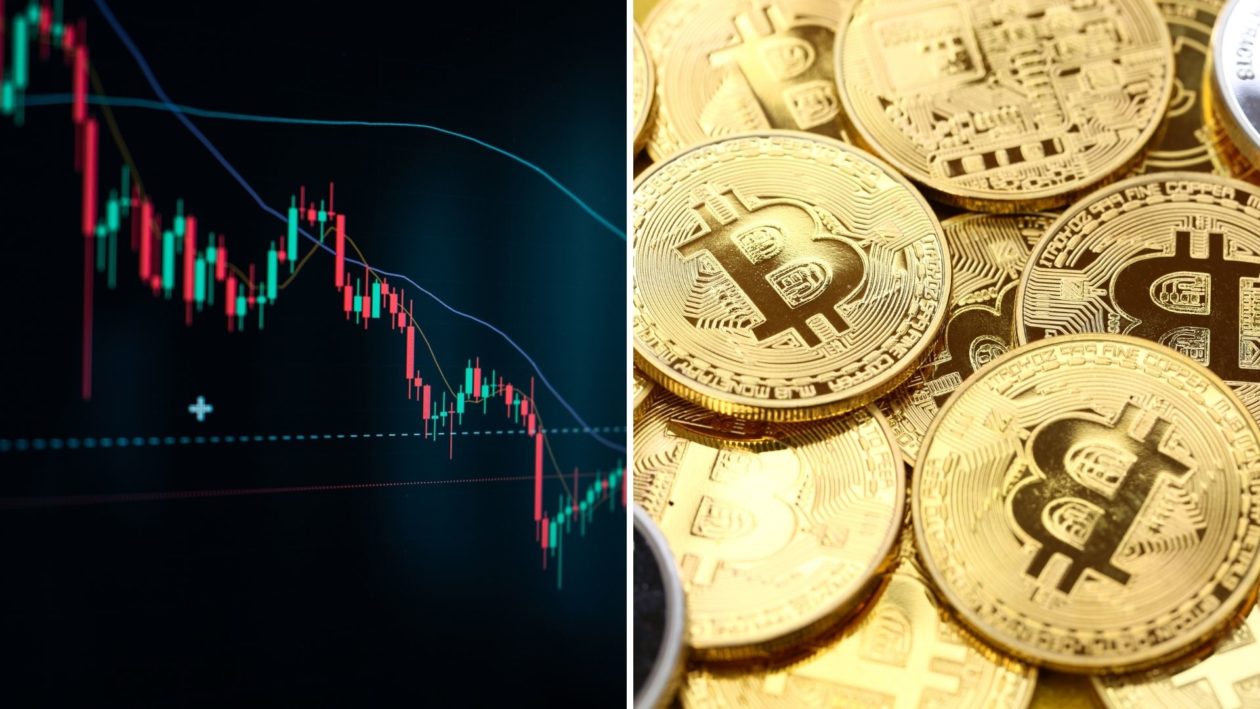Bitcoin, the world’s largest cryptocurrency by market capitalization, rose 8.86% in the week from Feb. 10 to Feb. 17, trading at US$23,764 at 7 p.m. on Friday in Hong Kong. Ether strengthened 7.86% in the same period to change hands at US$1,665.
Bitcoin saw this week’s second-biggest gains among the 10 largest non-stablecoin cryptocurrencies, followed by Polygon’s Matic that rose 13.33% to US$1.44.
“I am expecting a slightly sideways move. The market has to calm a little before any further impulses,” wrote Aziz Kenjaev, head of partnerships at decentralized crypto derivatives exchange GammaX, in a LinkedIn response to Forkast.
“There is massive support and a strong buy orders wall which might push Bitcoin further towards US$29,000-30,000 in early March. However, there also is a strong support zone at US$22,250. If that support withholds, we might see another impulse toward US$25,300,” wrote Kenjaev, adding that “there will be more speculations over the SEC and Paxos, so keep your newsfeed open.”
Kenjaev sees less correlation between traditional and crypto markets, as prices are mainly driven by industry developments.
“The cryptocurrency market is more focused on developments inside its own ecosystem and the connectivity of this decentralized ecosystem to the centralized one. Hence, every development related to the regulators vs crypto companies, especially U.S. regulators, does and will affect the crypto market,” wrote Kenjaev.
“Be mindful of the release, testing, deployment and adoption of central bank digital currencies (CBDCs). The major macroeconomic data I would like to see is the national debt. There has been a lot of money spent in recent years and governments will be looking to recover it,” wrote Kanjaev, adding that “the government knows that there is a good portion of funds floating in Web3.”
The global crypto market cap stood at US$1.09 trillion on Friday at 7 p.m. in Hong Kong, up 6.86% from US$1.02 trillion a week ago, according to CoinMarketCap data. Bitcoin’s US$458 billion market cap represented 42.2% of the market, while Ether accounted for 18.7%.
See related article: JPMorgan report shows institutional trader interest shifting to AI from blockchain after crypto slump
Biggest gainers
Astar Network’s Astr token was this week’s biggest gainer among the top 100 coins by market capitalization listed on CoinMarketCap. Astar Network is a multi-chain smart contract network focused on Web3 innovation.
Astr rallied 51.72% this past week to change hands at US$0.1099 after the announcement of its partnership with Sony to launch a Web3 incubation program to support developers building Web3 projects.
Decentralized gaming developer Treasure’s Magic token was the second biggest gainer, up 44.94% to trade at US$2.18. The token started its rally on Feb. 13, after the company launched a new Game Builders Program supported by Arbitrum to incentivize high-potential games building on Treasure, by offering developers access to open-source code as well as advisory and marketing support.
See related article: Be careful what you wish for? Regulators pick up pace in the crypto industry crackdown
Next week?
For the first time in Bitcoin’s history, a “death cross” appeared on its weekly chart. This meant that the 50-week small moving average (SMA), a key technical indicator, stood below the 200-week SMA for the first time.
Kasper Vandeloock, chief executive officer of quantitative trading firm Musca Capital, said that the death cross “gives very little input,” since it only shows that Bitcoin price performed better in the last 50 weeks compared to the last 200 weeks.
Bitcoin prices charted another significant formation, with its first “golden cross” on the daily timeframe since the beginning of the crypto bear market in November 2021. A golden cross means that the 50-day SMA is above the 200-day SMA. Historically, Bitcoin has charted multiple golden crosses in previous cycles before a sustained rally.
“A record high 66.9% of circulating BTC has not moved in over a year,” tweeted Joe Burnett, head analyst at Blockware Solutions, adding that “Bitcoin bear markets end when there are no sellers remaining, the price slowly starts drifting up due to (any) marginal buyer, and the next wave of adopters learn BTC is the least uncertain money.”
According to Kenjaev, this suggests that Bitcoin holders were more conservative. “They are waiting for the right time to sell and are hedging over the upcoming recession. The state of the global economic conditions now leads to more uncertainty than during the Covid-19 pandemic. The reason why the situation is not changing with current global developments is that investors do not see the same scenario happening. Current market conditions look risk-attractive and favorable, although it’s very early to call it the next bull run. We shall at the very least wait for improvements from regulatory bodies globally.”
“Some patterns suggest that an ideal scenario for Bitcoin would be to drop near US$19,500-19,300,” he added, hoping for “a decline to US$19,500 and a jump to US$30,000.”
On Feb. 12, Blockstream chief executive officer Adam Back predicted that Bitcoin would exceed US$200 million in market cap, bringing BTC prices to US$10 million by 2032.
See related article: Go ahead and ban staking. Crypto investors will just go elsewhere





